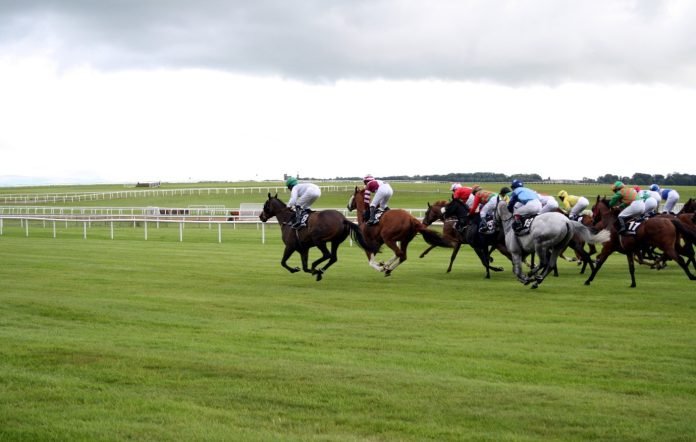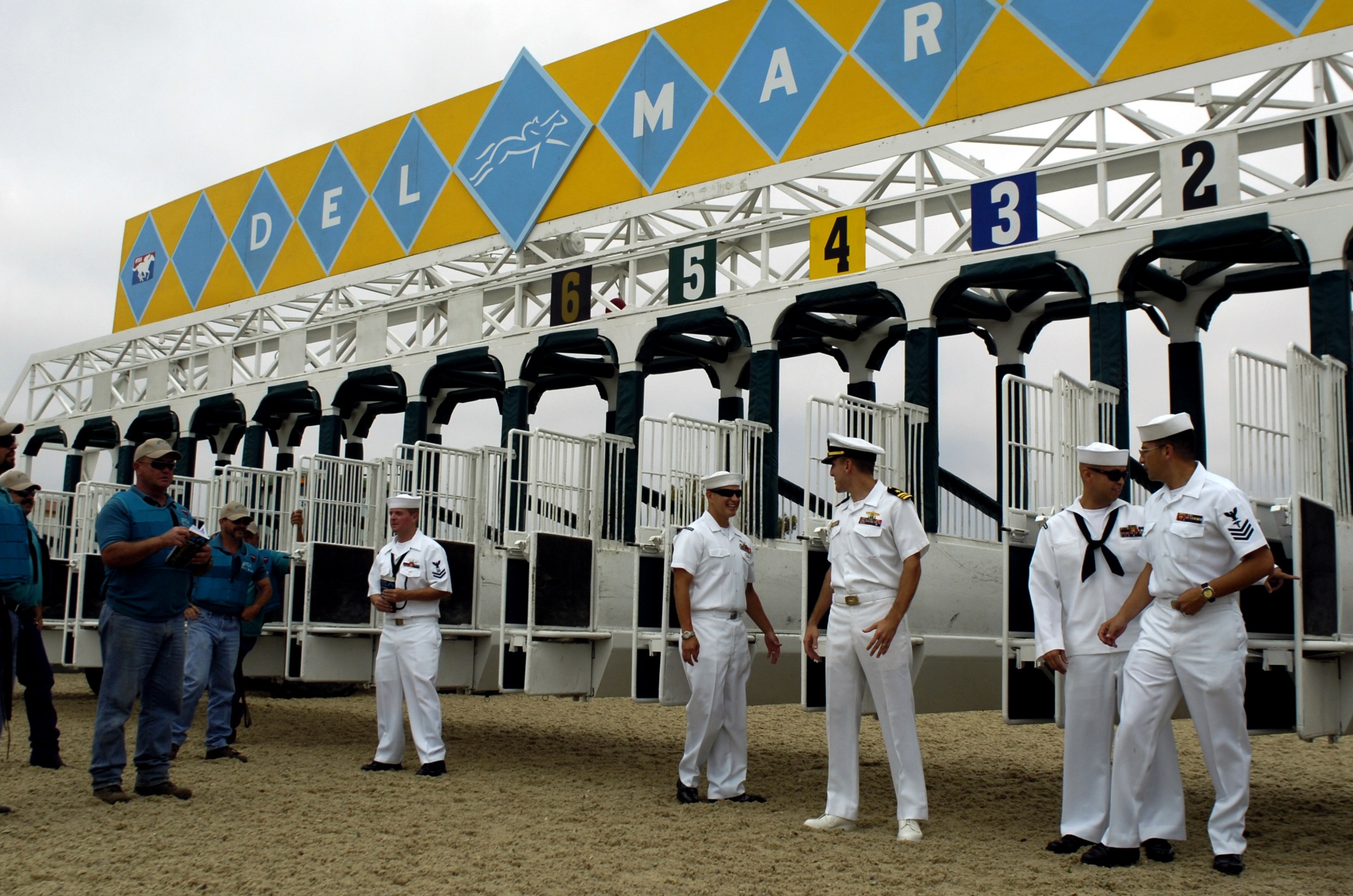
You don’t need to be a big fan of horse racing to know some simple facts of the sport. For example, horses can run fast. Another example: the biggest event of the year is the Kentucky Derby. And then we all know horse racing betting is big business. Plus it also doesn’t take a rocket scientist to know a jockey has to be an incredibly skilled and brave individual to control a 1,190 lb horse running at speeds of up to 40mph.
And there’s another irrefutable fact: jockeys don’t tend to be the tallest guys in the world. Yet that final truth is being somewhat challenged with the emergence of two jockeys on the prestigious British horse racing scene.
Stateside, we are used to our jockeys being short. On average a rider won’t stand much taller than 5 ft 2 in, which of course is way down on the height of your average American male (around 5 feet 9 in) or female (5 feet 4 in). Of course, the reason that jockeys are usually short is because of the stringent weight limits that are employed in thoroughbred horse racing. The Kentucky Derby, for example, demands an exacting weight limit of just 126 lb, which includes the jockey’s equipment. That doesn’t leave much room for a hefty individual to climb on. So, rather than employing tall but slim individuals who might not necessarily possess the power to handle the mounts (which often weigh much more than 1,000 lb), it’s much more common to see shorter individuals with a lower centre of gravity yet plenty of strength. A bit like a bantamweight boxer if you will.
Historically, flat racing jockeys have been shorter than jump racing jockeys. Yet legendary British flat racer Lester Piggot, winner of no fewer than nine Epsom Derbies, was christened ‘Longfellow’ by his peers, despite only coming in at 5 ft 8 in (shorter than your average American male). If we look back at the Kentucky Derby, the tallest jockey to claim a win in the prestigious race was Johnny Sellers way back in 1961. Sellers was a jockey giant at just over 5 ft 7 in, and became somewhat of a legend. Not only did he don the cover of Sports Illustrated that same year, but was inducted into the United States Racing Hall of Fame back in 2007.
But it seems, across the pond, they like to breed their jockeys a little bit on the longer side, as we saw with Piggott. The tallest winner of one of Britian’s most famed races, the Grand National, was Bruce Hobbs, standing at a whopping 6 ft 1.5 in. Hobbs was actually born on Long Island, but made a name for himself across the Atlantic. And now there are a couple of riders on the scene there who really are challenging the traditional view that a jockey should be on the shorter side.
In 2023, Jack Andrews from Warwickshire in the UK, caused quite a stir at the country’s beloved Cheltenham Festival when seen towering over his fellow riders. That’s because Andrews stands at a height more synonymous with the basketball court: 6 ft 4 in. It was enough to see him billed the world’s tallest jockey. Yet just a year later, Andrews now has to share that accolade. And that’s all because of the emergence of Irish racer Thomas Costello from Country Clare, a rider who also hopes to get his chance at Cheltenham. Two 6 ft 4 in jockeys at one meet is certainly a rare site. Perhaps the rarest.
And if you wonder how it feels to be a giant in a world of the vertically challenged, well, as Costello says, it’s not all it’s cracked up to be. “I question myself sometimes why I am a jockey. It’s tough – I can’t lie. I try to watch what I eat and do plenty of exercise to try and keep on top of my weight but it is difficult.” Indeed, hitting those weight targets must be tricky for such a tall man. As a result, Costello doesn’t see himself lasting long in the sport as the weight inevitably starts to catch up with him – as it does with all of us – as he gets older. But he sums up his situation nicely when he adds that “one of the best compliments someone can give me is that I don’t look tall on the horse.” So it is in the world of racing.




![Bing Crosby Stakes Odds & Free Picks [2024]](https://ultimatecapper.com/wp-content/uploads/2017/10/del-mar4-2.jpg)